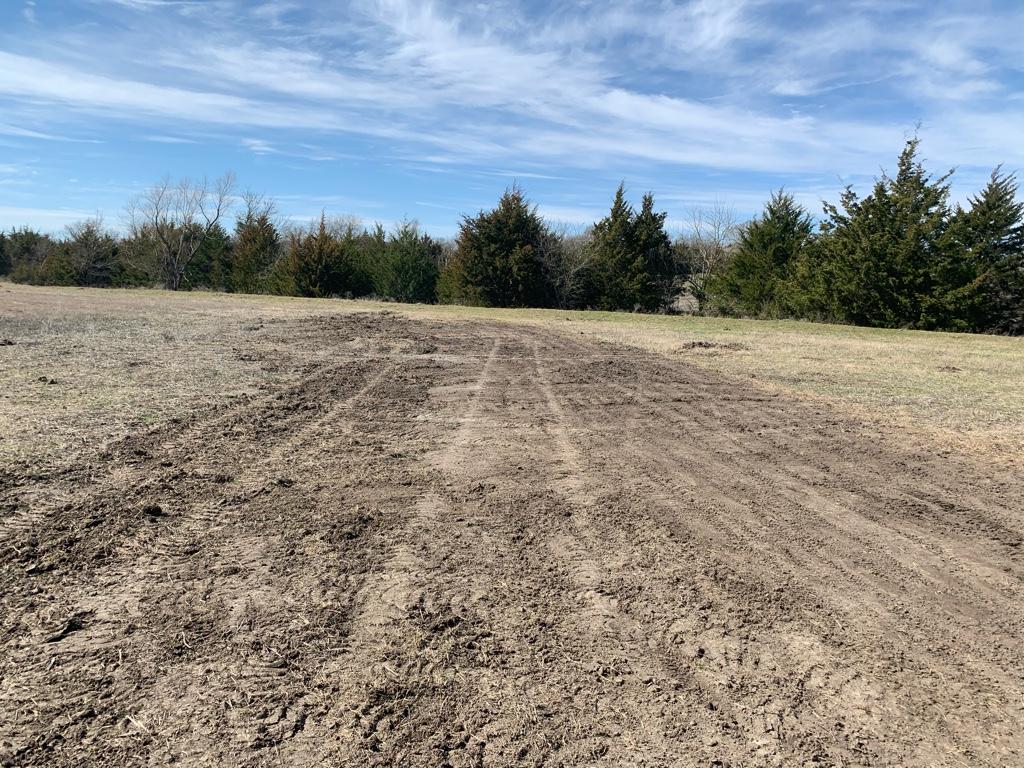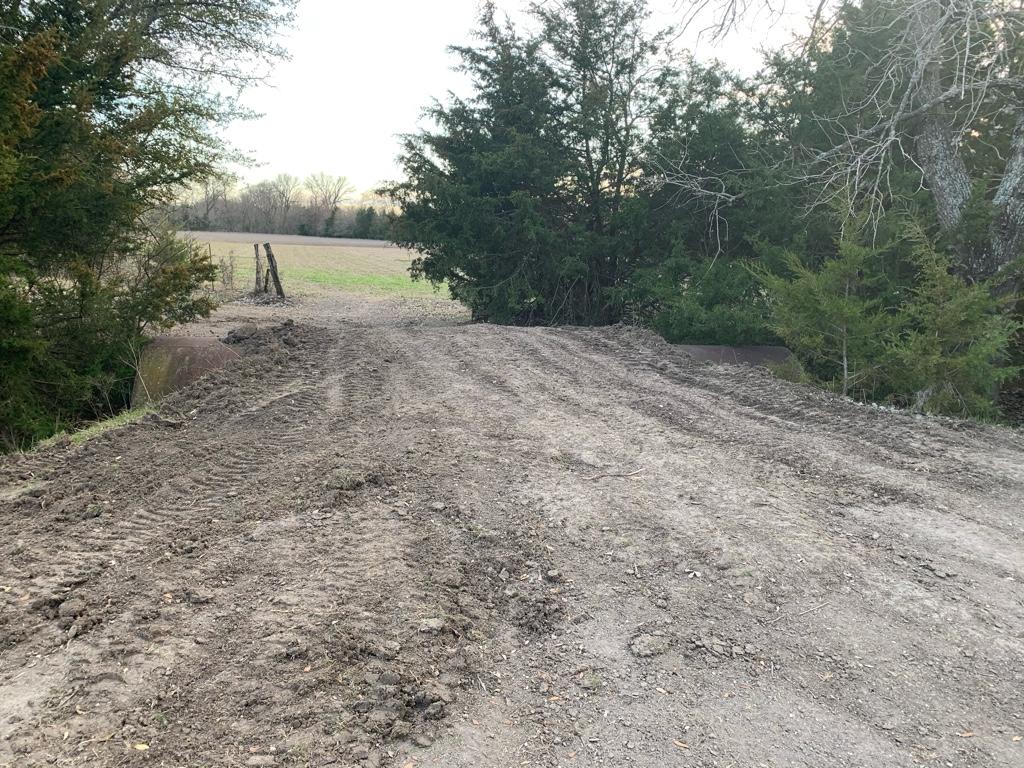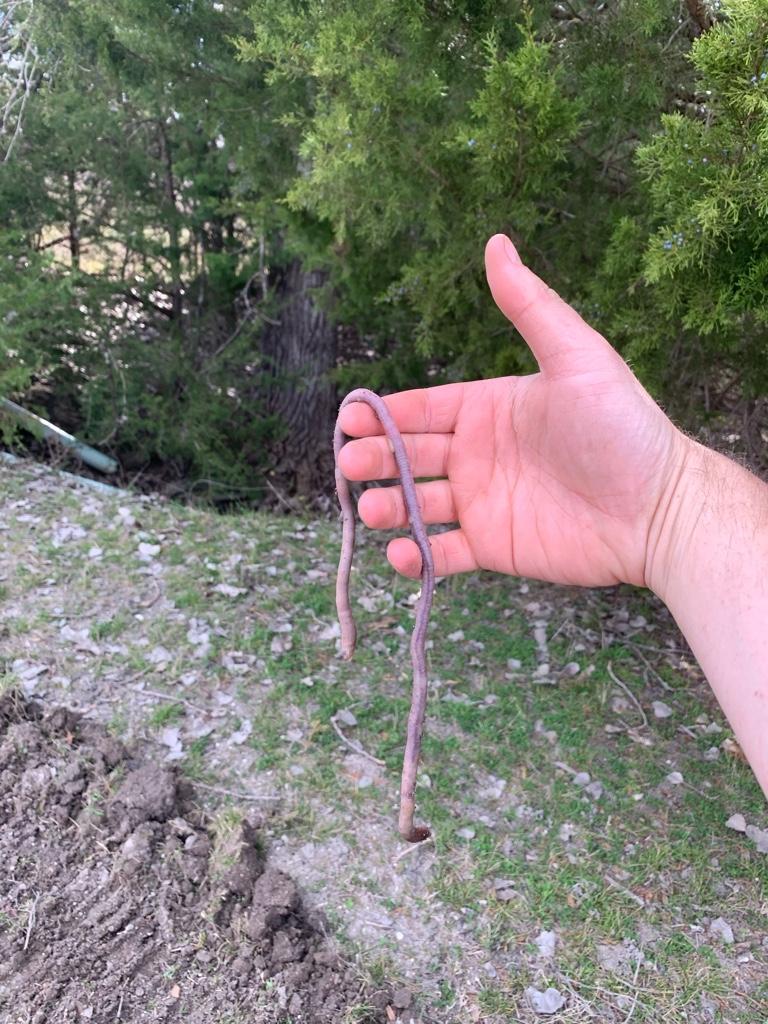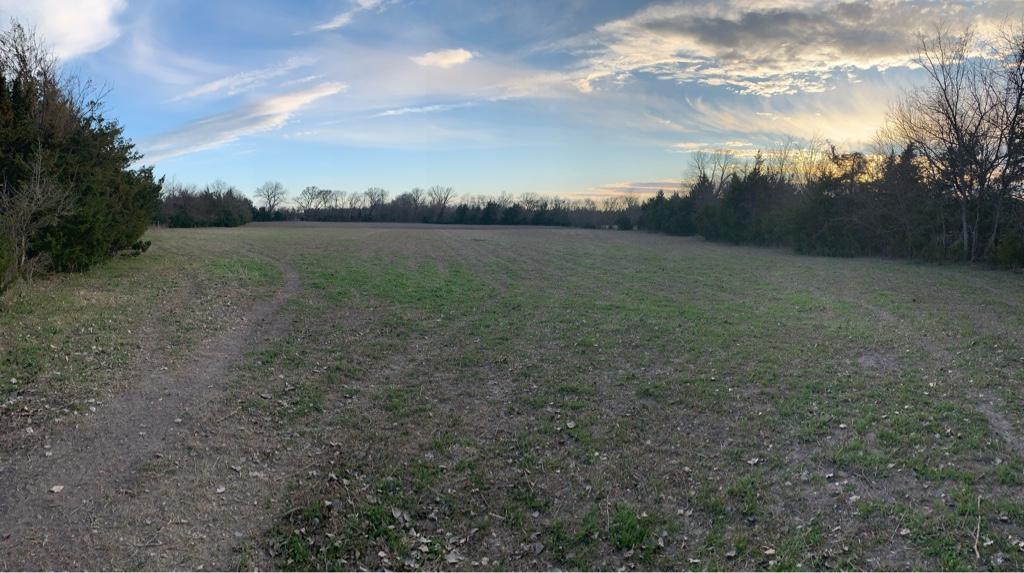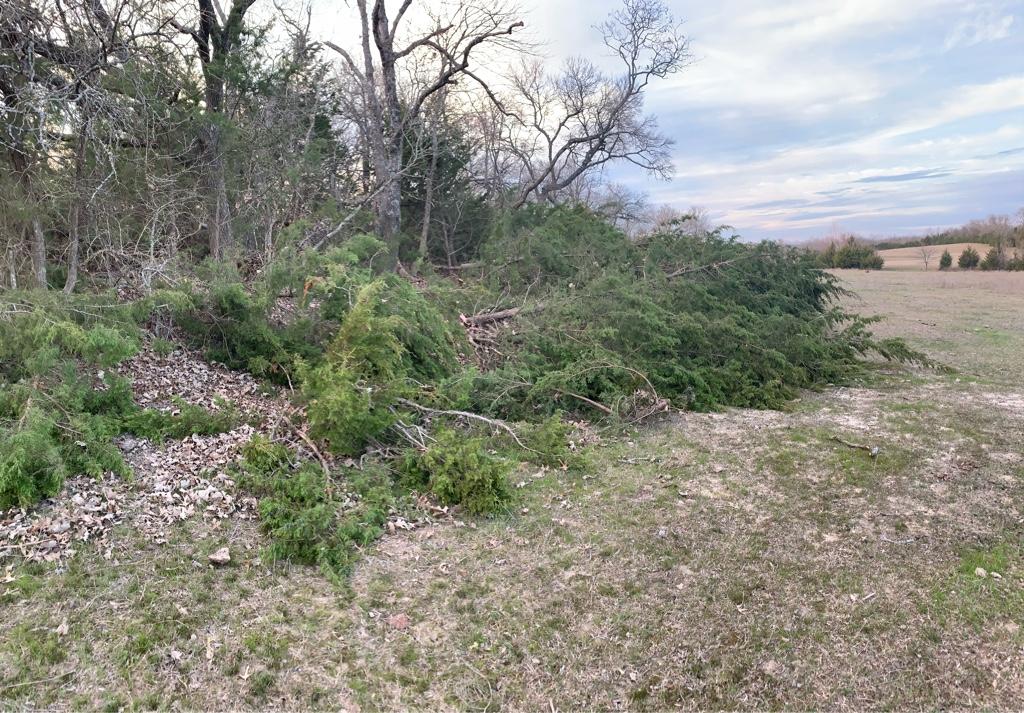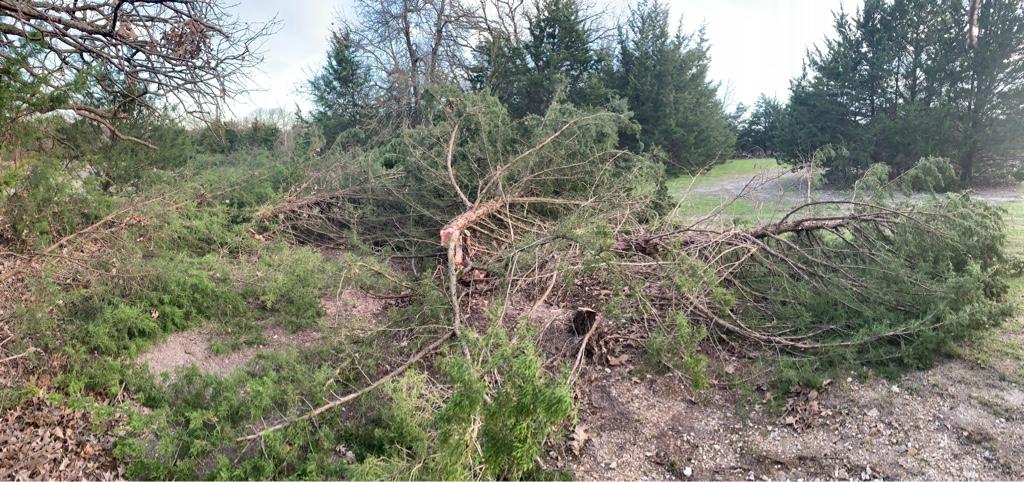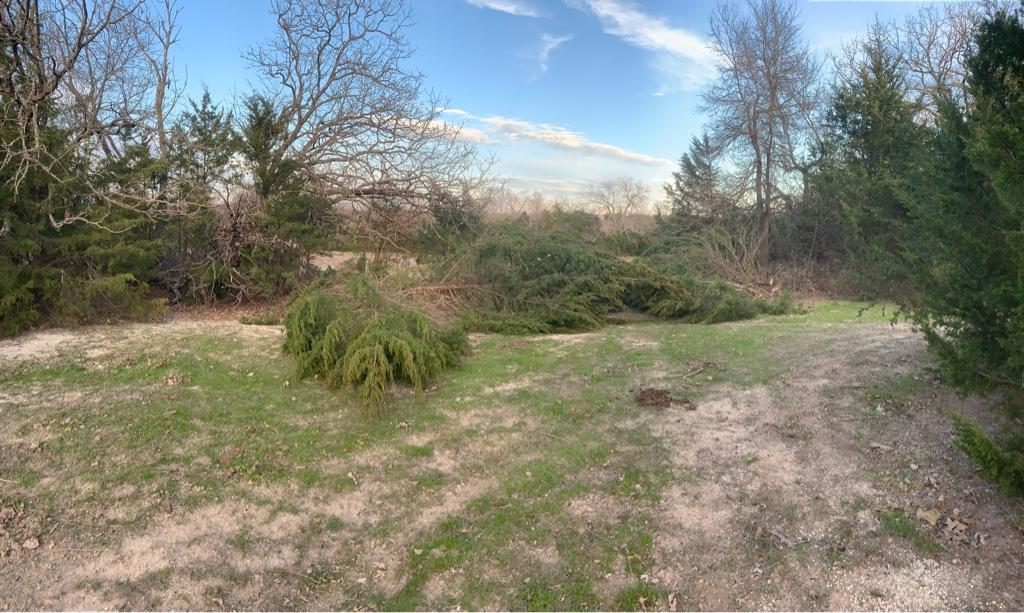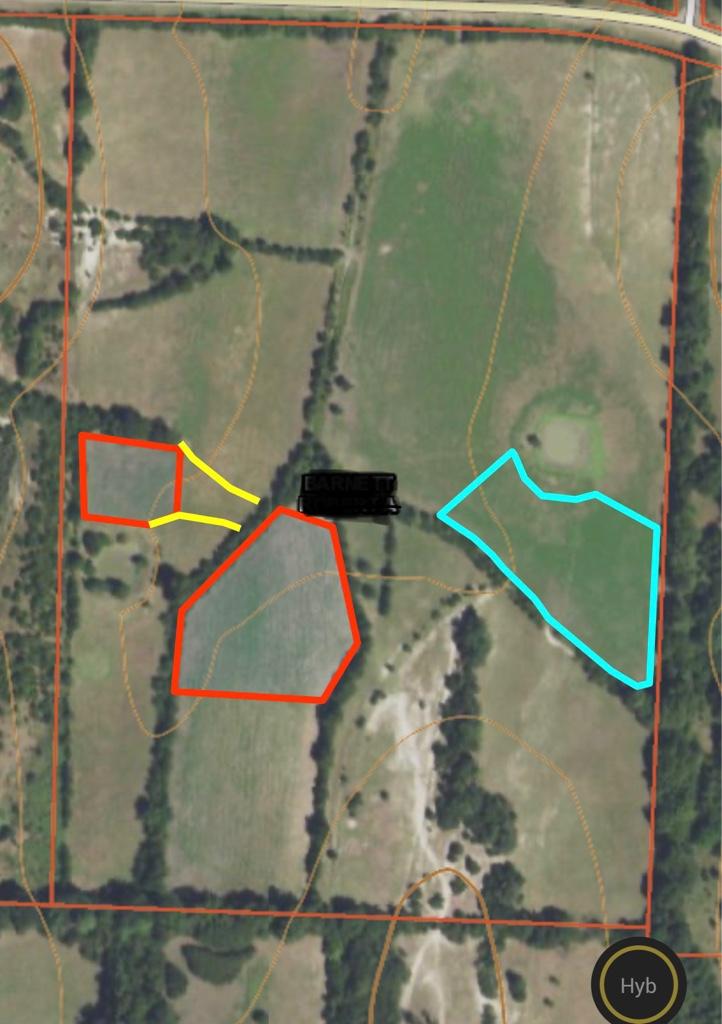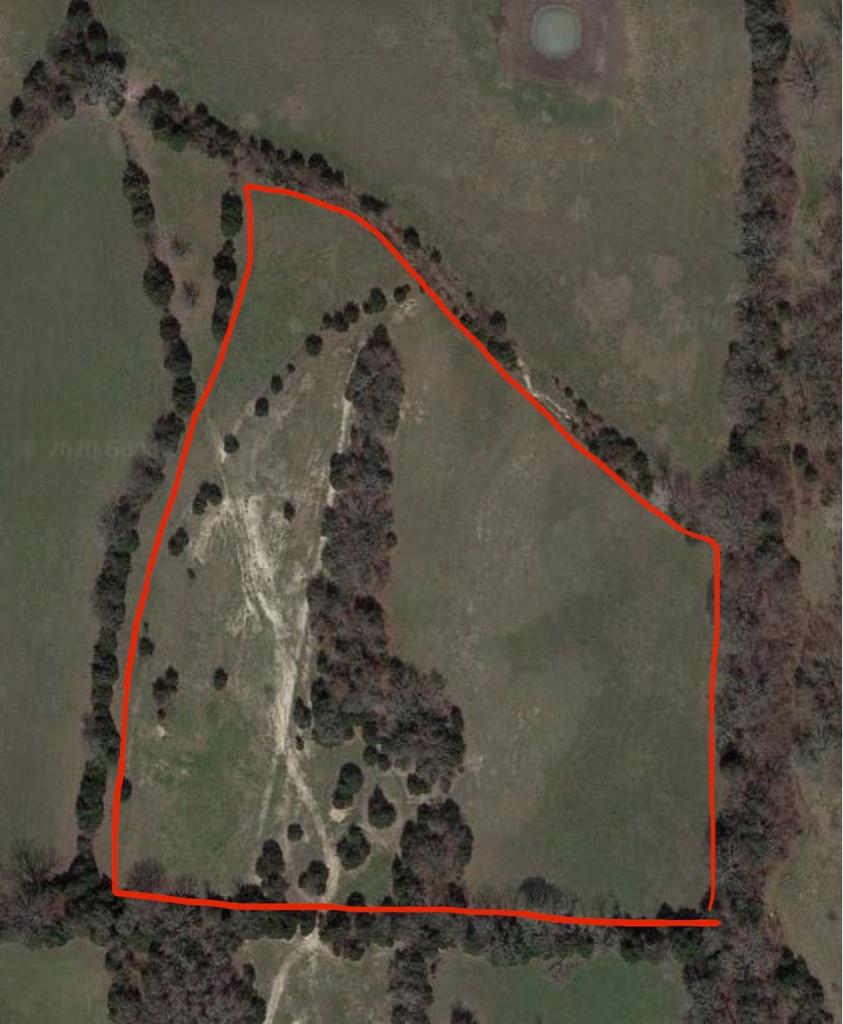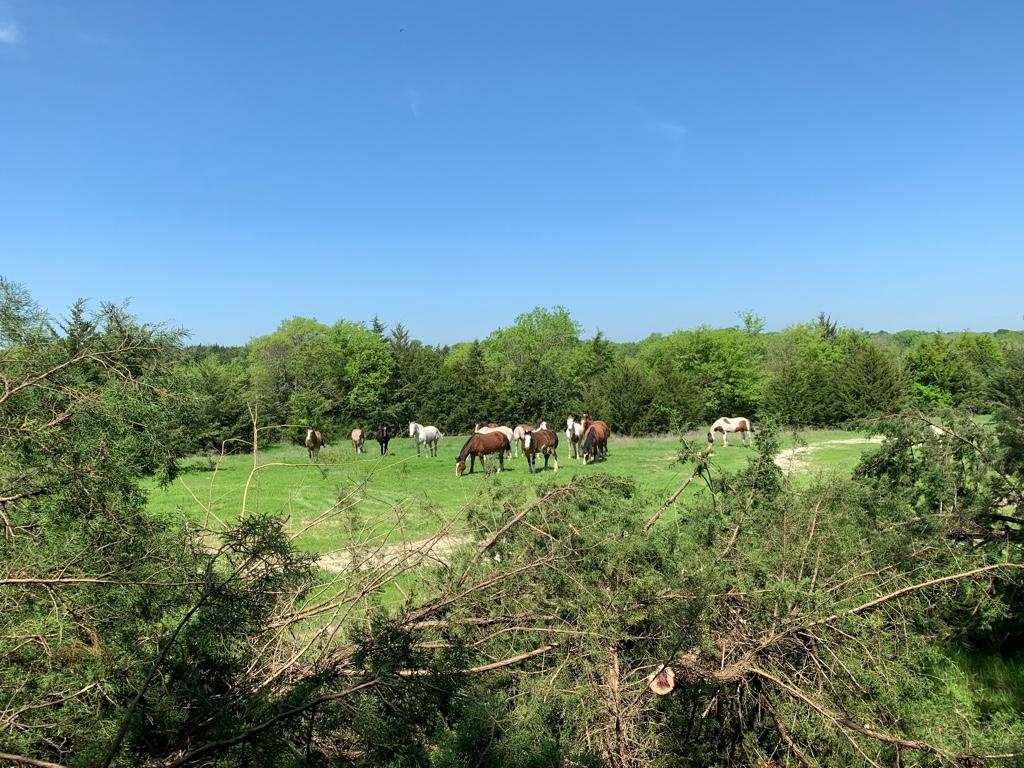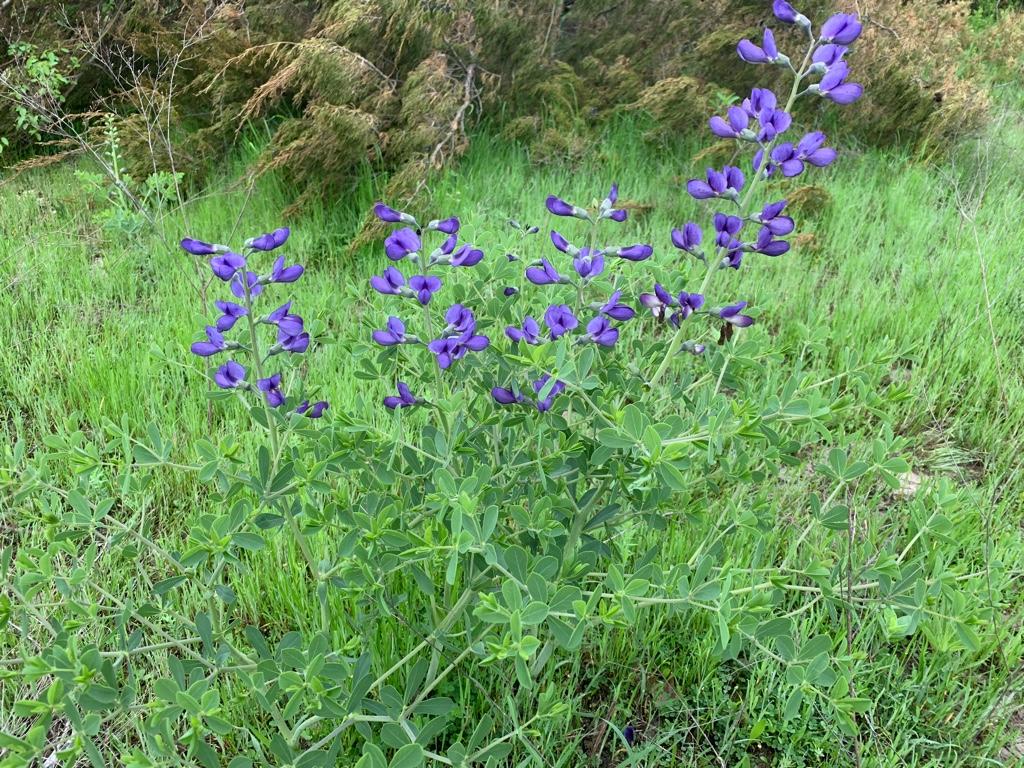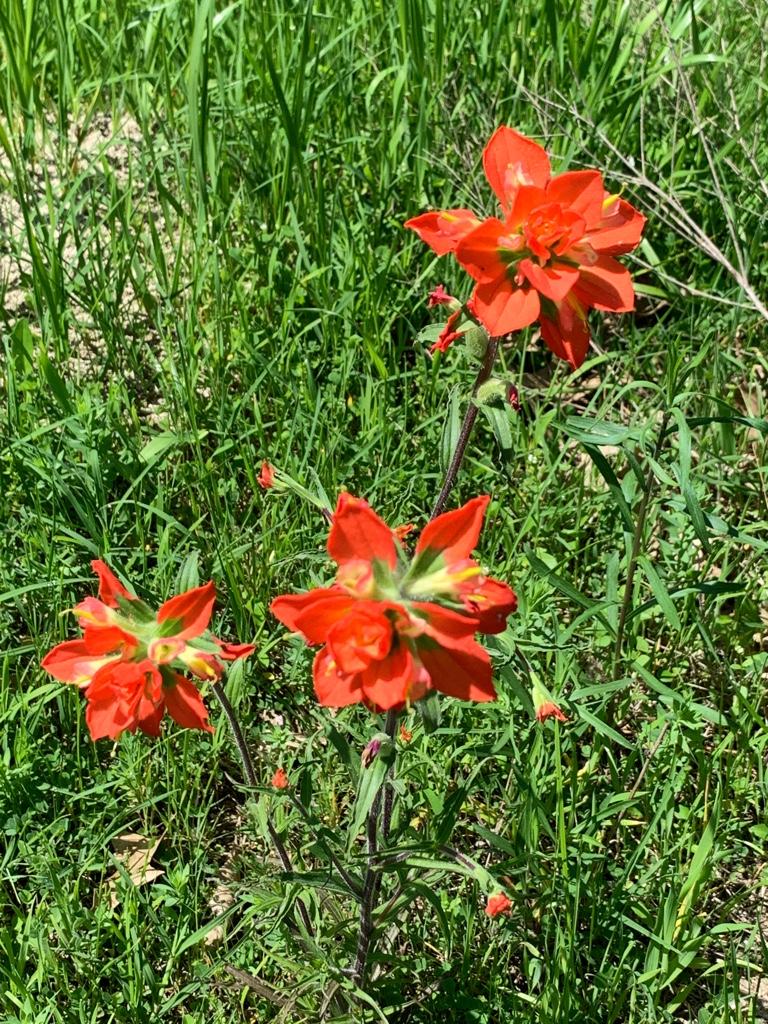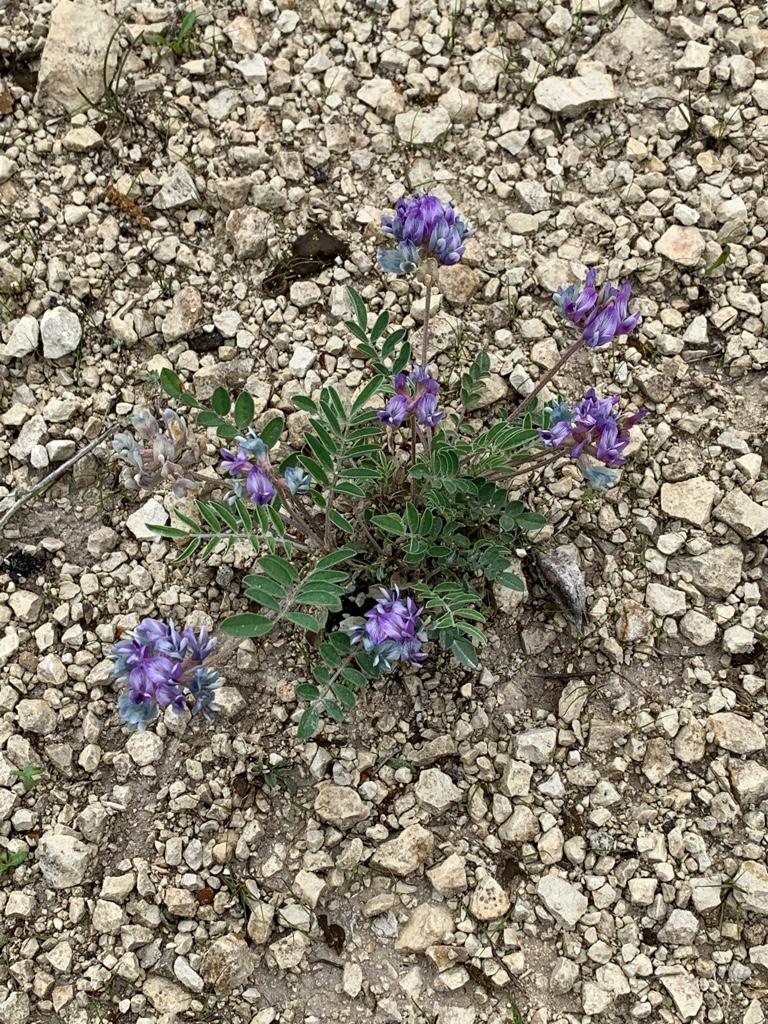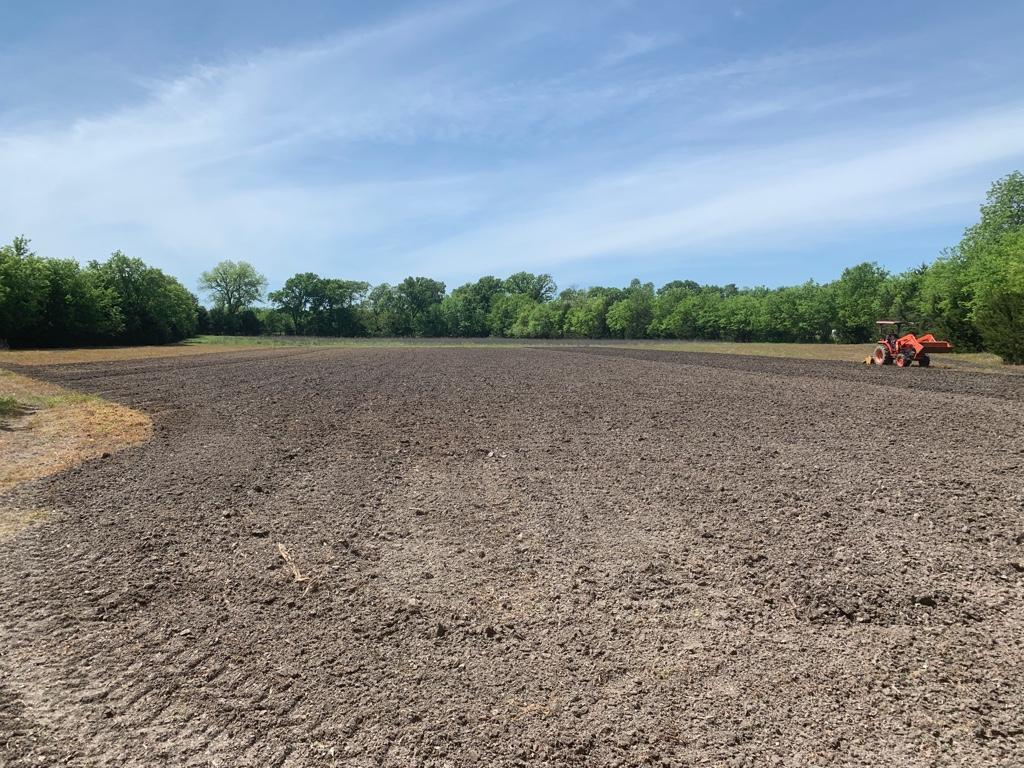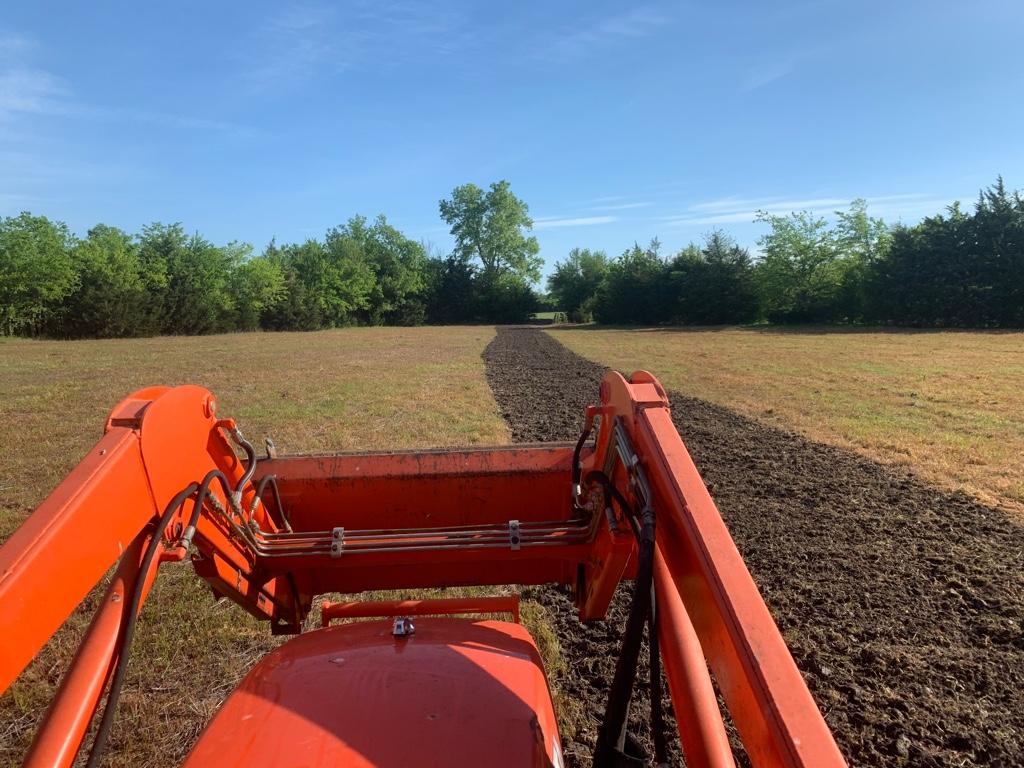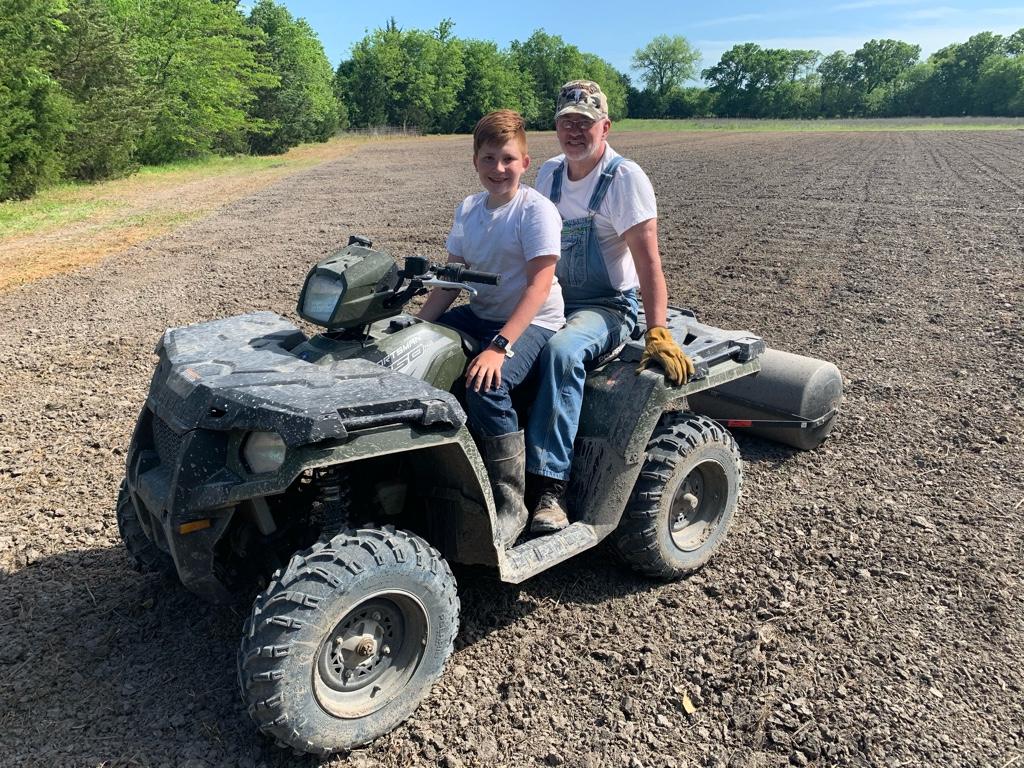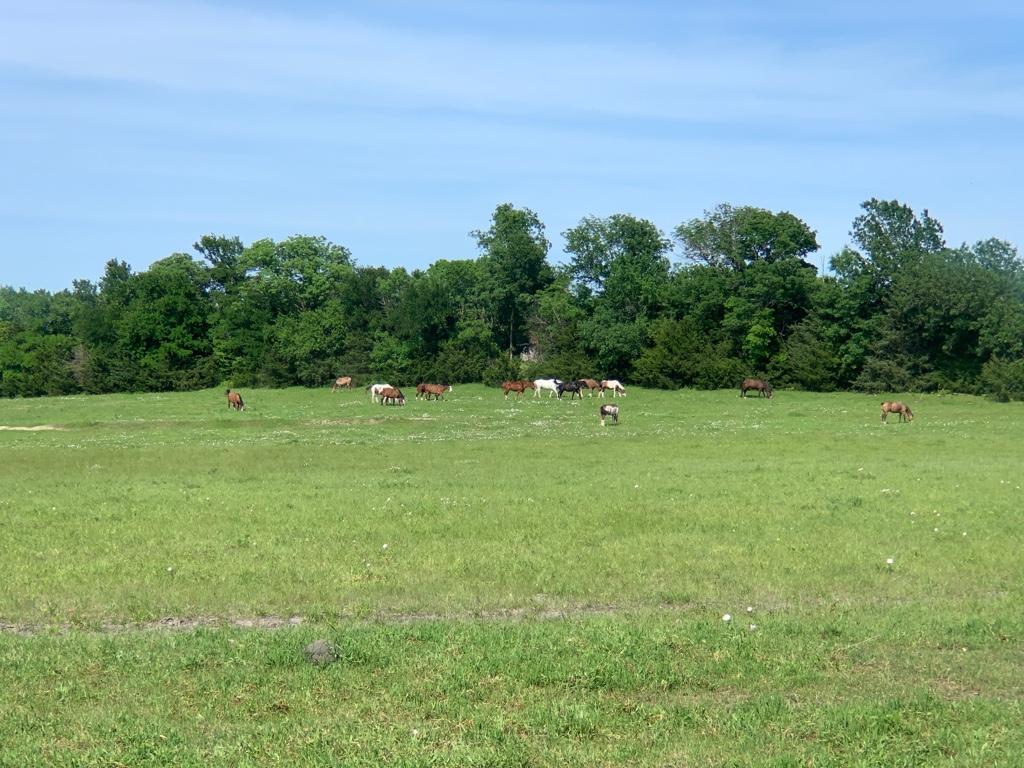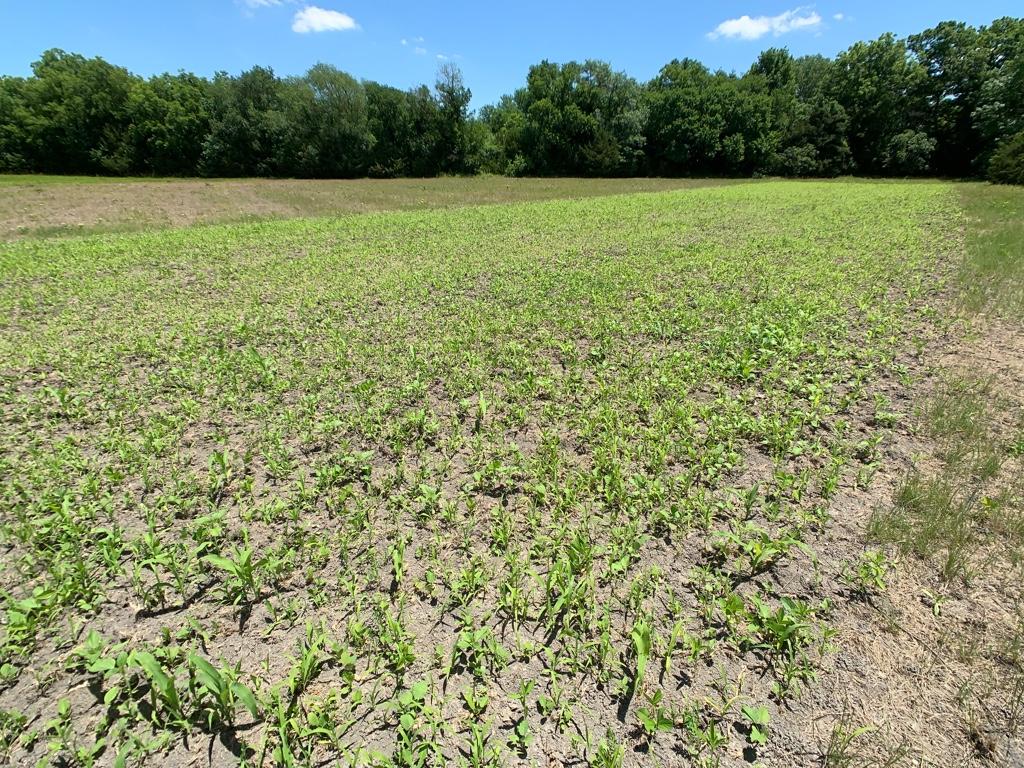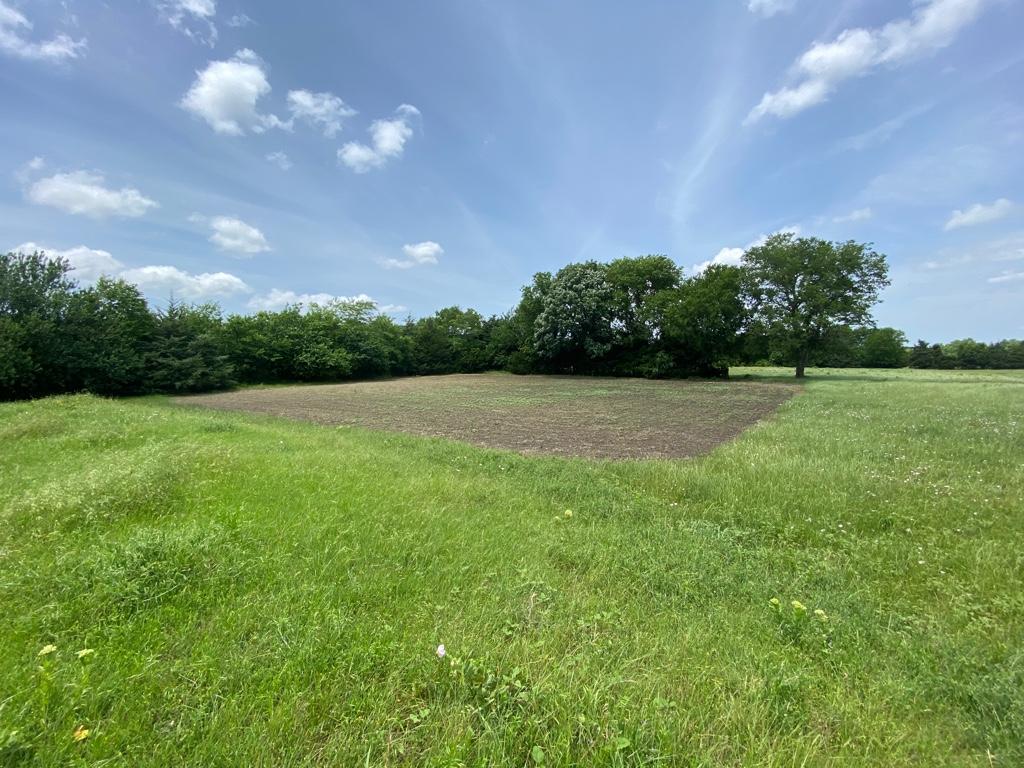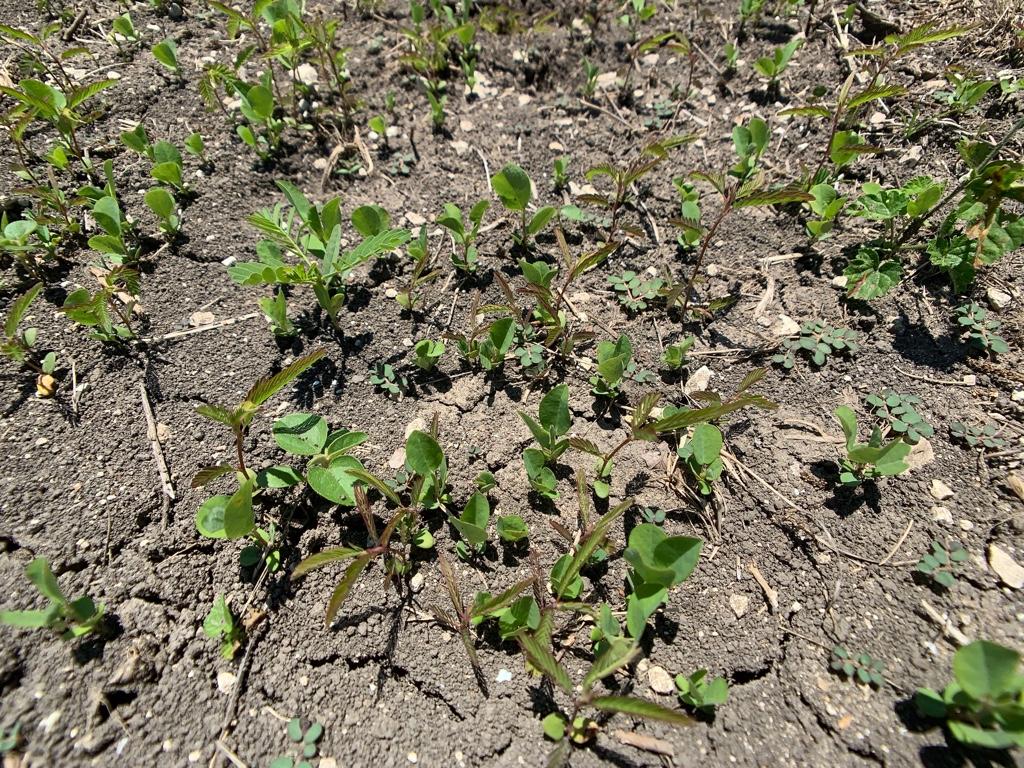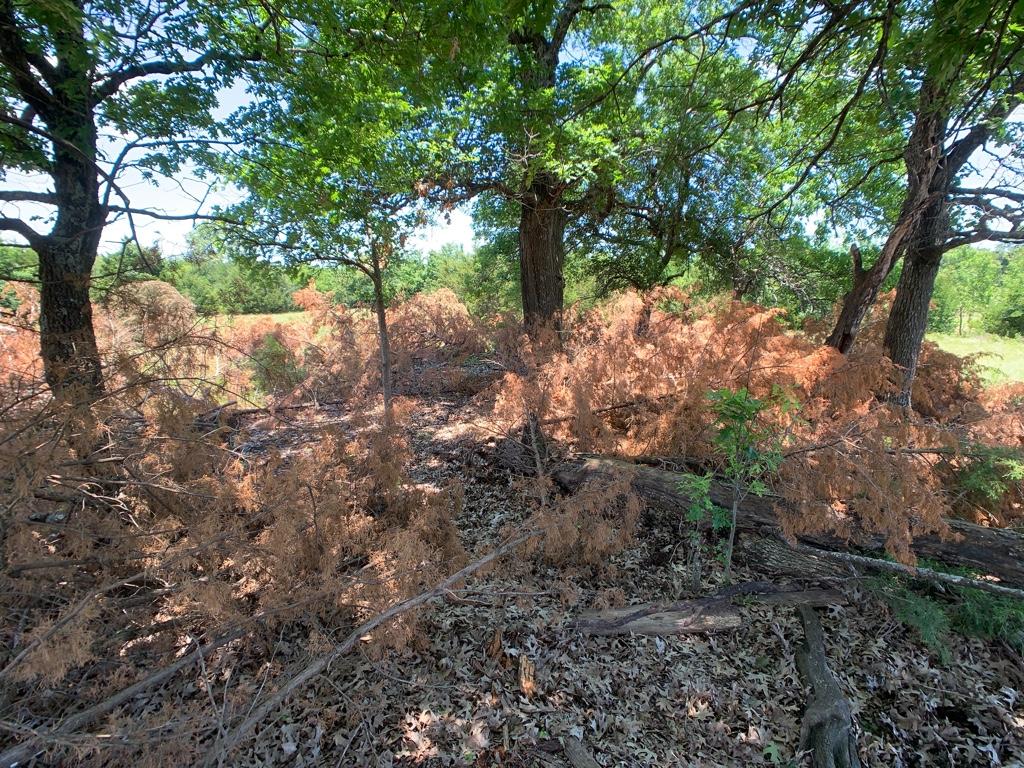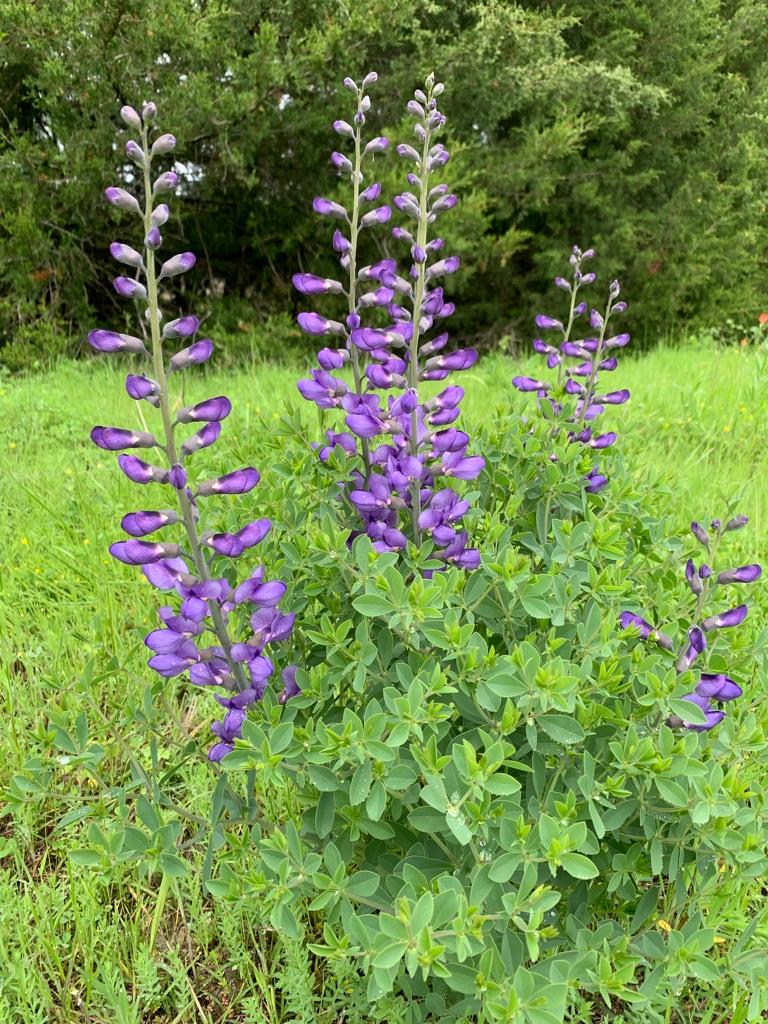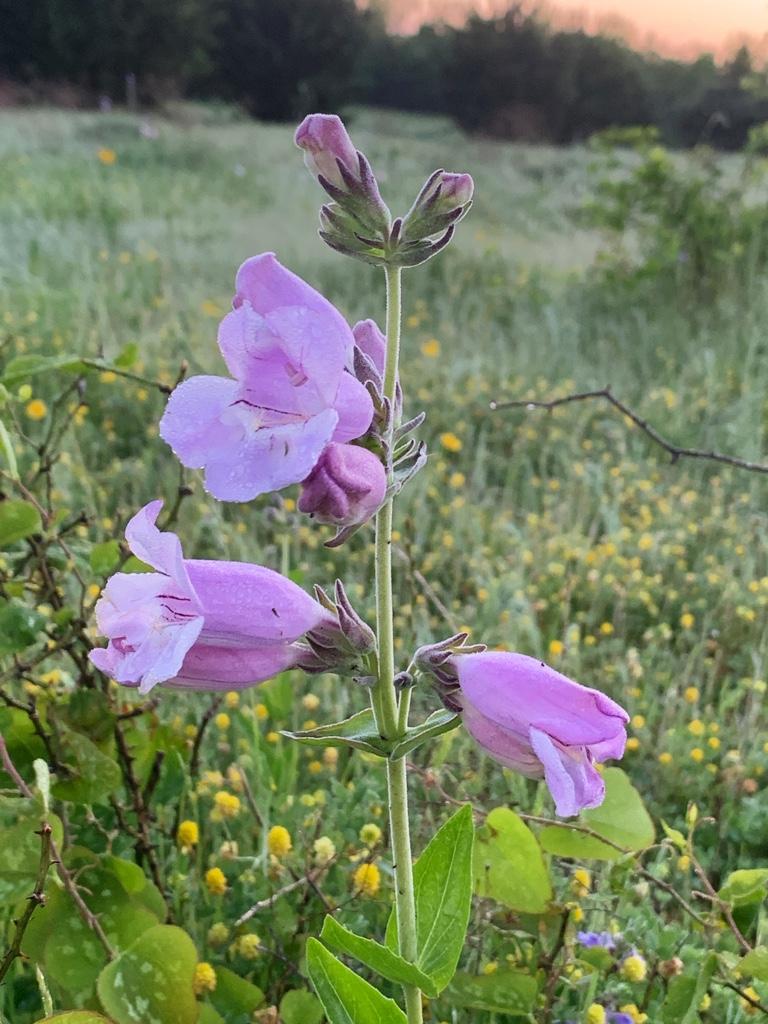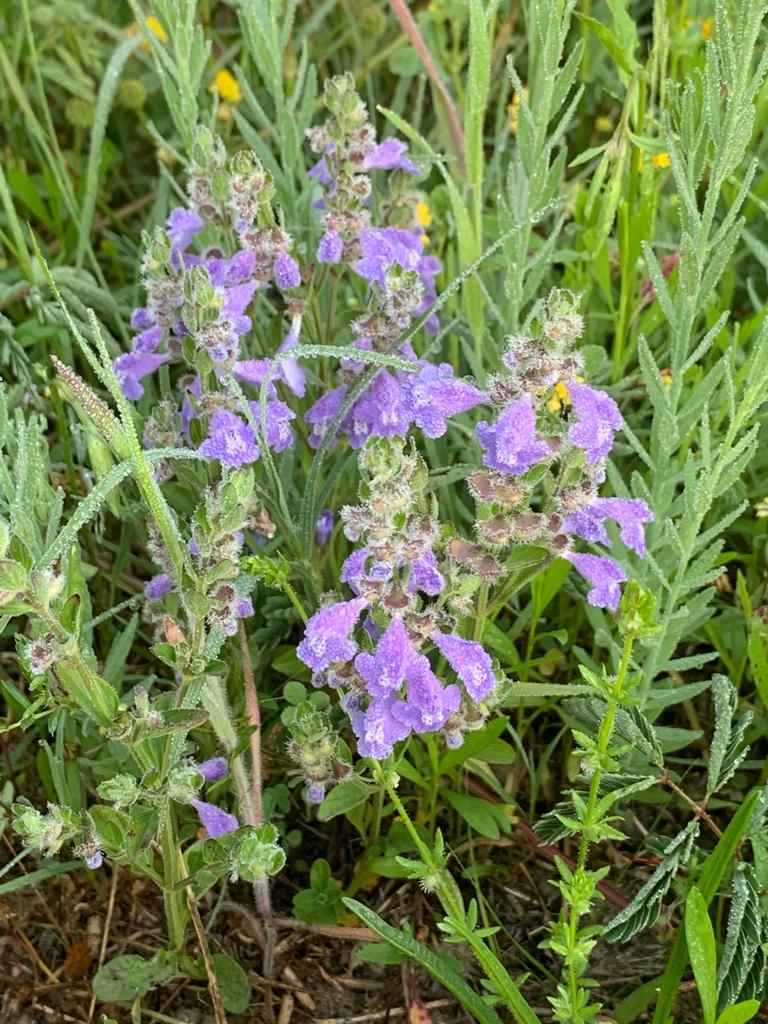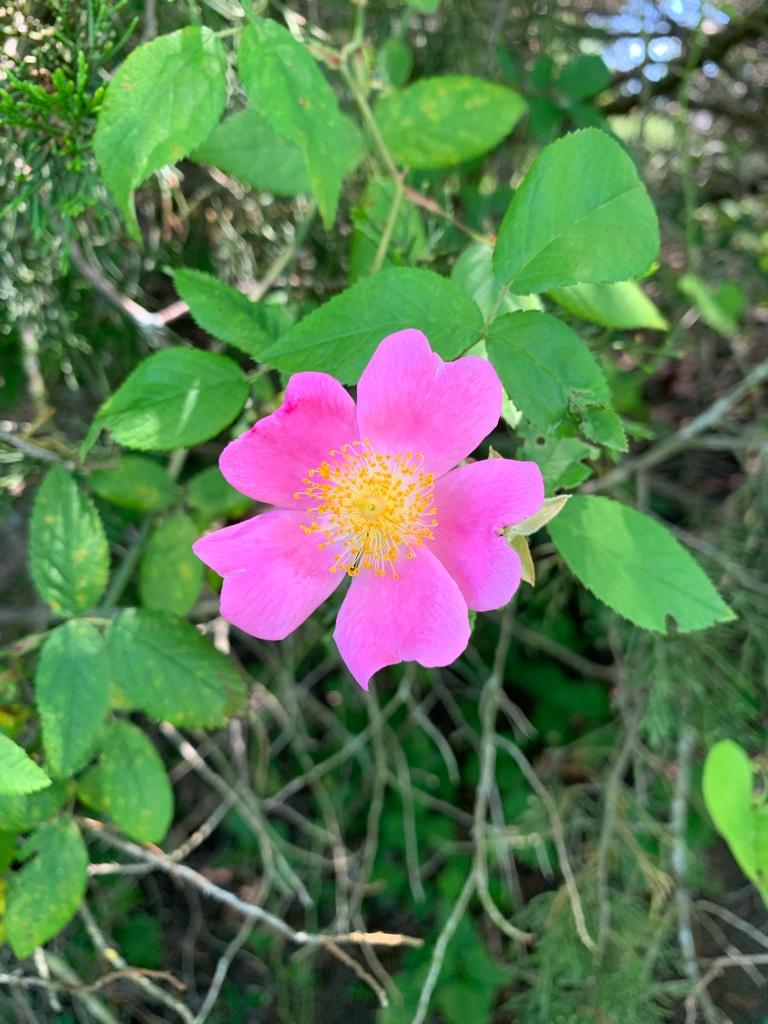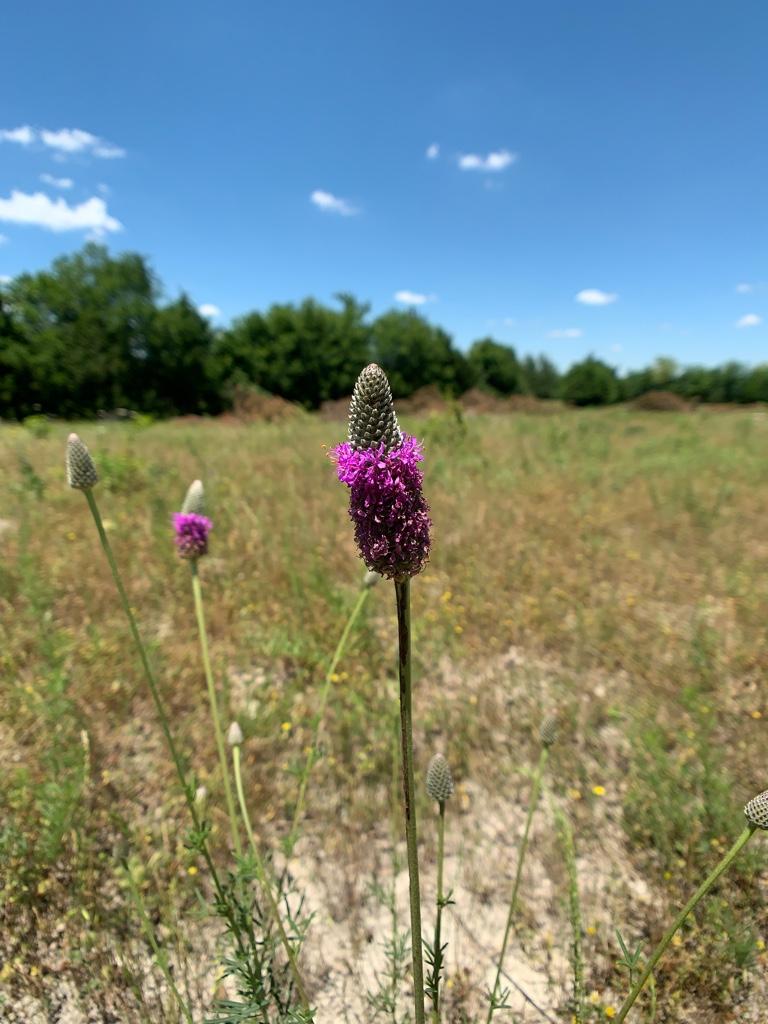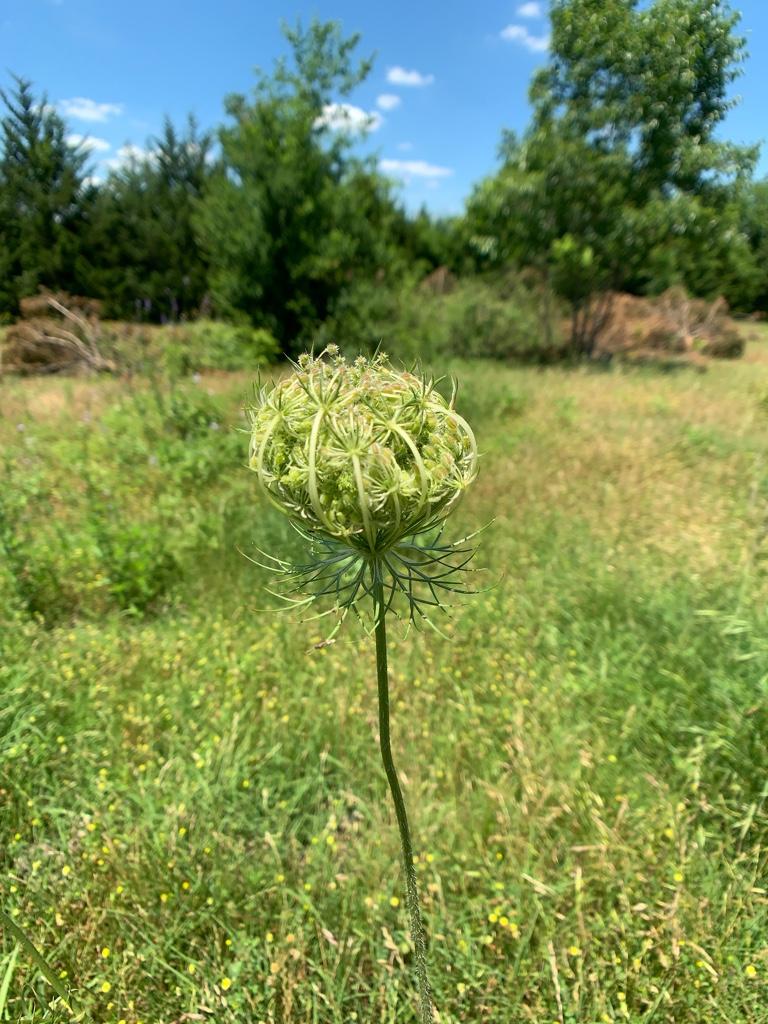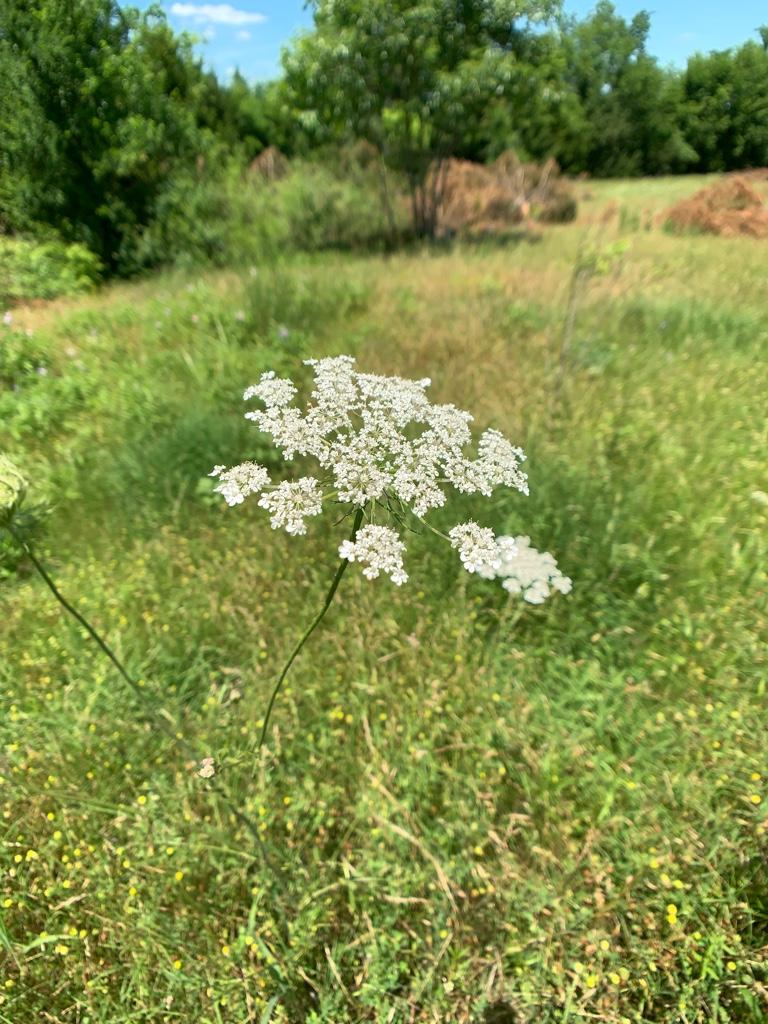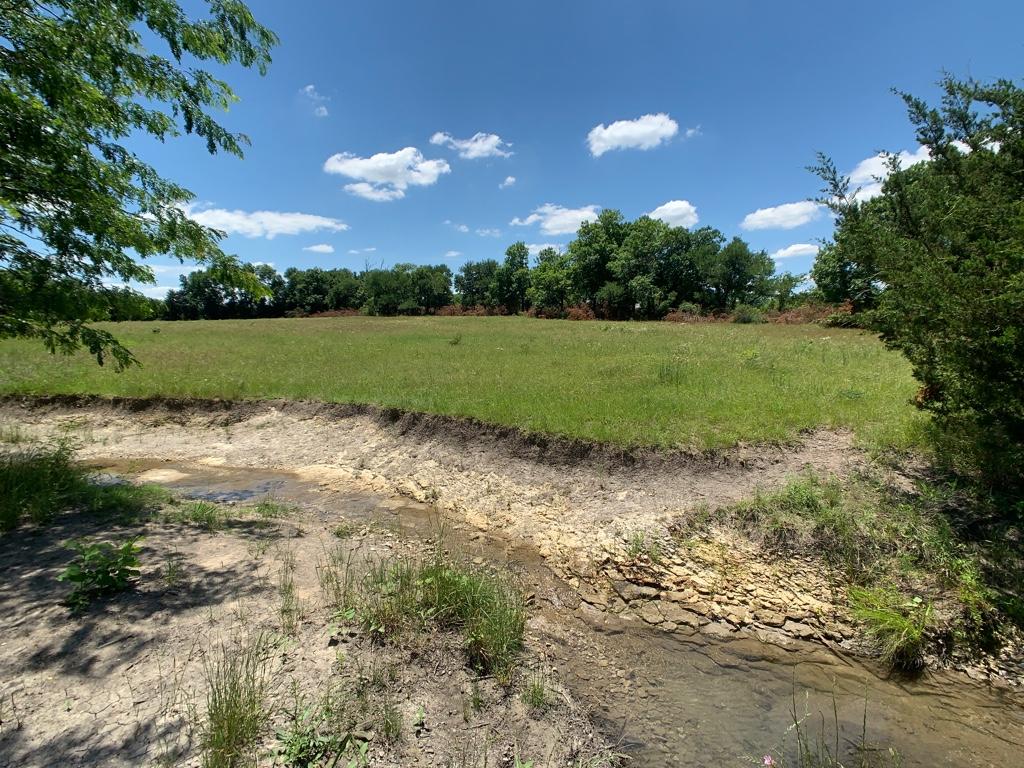IkemanTx
5 year old buck +
Well, it finally happened...
My first posted thread on the old “forum that shall not be named” was 4 years ago asking for advise on what to do with a piece of family land estimating a 2020 start date. It is now 2020, and today was the first day of habitat work on the place. I guess my estimates of time frame worked out pretty good!
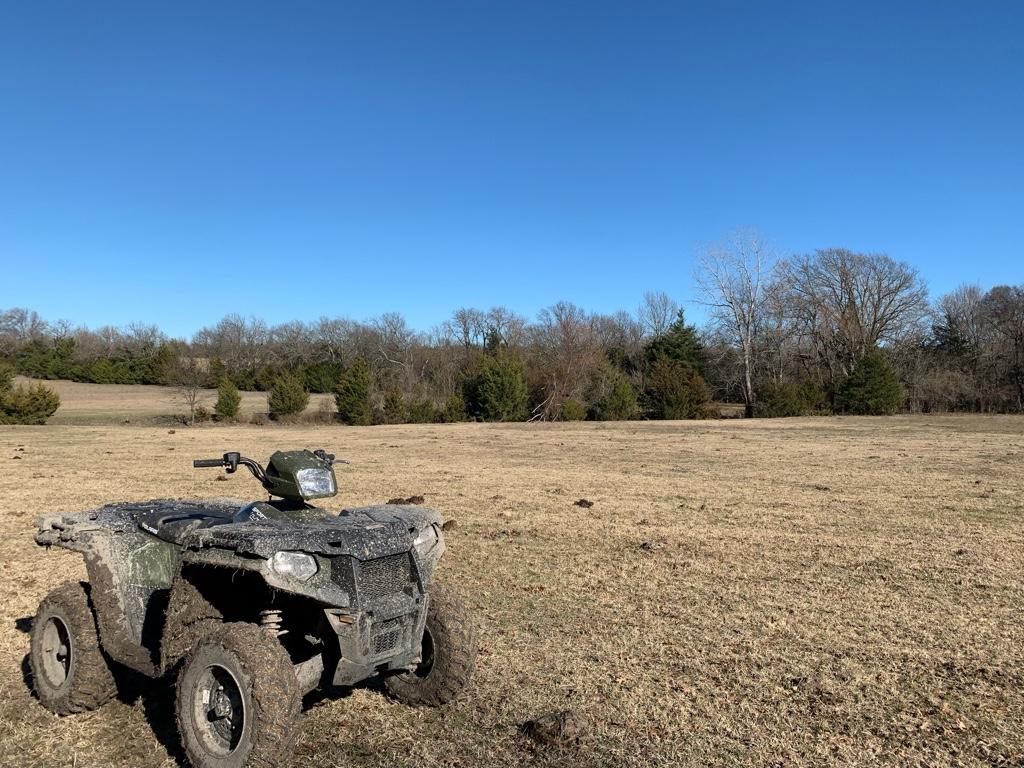
An intro to the property....
My mother owns 42.75 acres of the original 70 acres passed down (and bought) from my great grandmother. I originally thought this land had been in the family since the 20’s when my great grandmother and great grandfather were married, but after some research it looks like THEY inherited it from my Great Great Grandfather.... who probably bought the place (along with several others) in the mid 1870’s. I grew up hiking, hunting, camping, and fishing on every square inch of this place. Every summer I’d stay with my great grandmother for a couple weeks, most nights of which I slept in the hay barn, and even an old hollow burr oak trunk. To say that I feel a deep personal connection to this land is an understatement.
The farm is in what used to be Blackland Prairie. It’s soils are what the locals call “black gumbo”. Predominantly, Frioton Silty Clay Loam and Whitewright-Howe Complex as the Soil survey calls them. After decades of constant tillage in the 20’s-50’s for cotton and corn, the high ground has eroded to exposed chalk, and the bottom land can get REALLY boggy in winter/spring.
There is dang near zero cover on the place. My great grandfather was known for not allowing even blades of grass to grow in his fence rows.... as such, the only trees that have come up has been in the past 35 years since my mother bought it. There is one small chalk ridge on the south side of the place that was always wooded with burr oaks, white oaks, and post oaks.
I hope to eventually restore the pasture land to an extremely diverse prairie. I am fortunate that Texas has put quite a bit of effort into restoring the Blackland Prairie, and well researched 45 species mix is available if I can find the coin to pay for it.
The shallow land slopes would have historically been savannah, and I intend to restore those to such as well. Post oaks, burr oaks, and chinkapin oaks will be planted at wide spacings on those slopes after native grasses have been established.
This project will be slow, as I don’t have large amounts of resources to throw at it, but I hope to use this thread to document the transformation.
Sent from my iPhone using Tapatalk
My first posted thread on the old “forum that shall not be named” was 4 years ago asking for advise on what to do with a piece of family land estimating a 2020 start date. It is now 2020, and today was the first day of habitat work on the place. I guess my estimates of time frame worked out pretty good!

An intro to the property....
My mother owns 42.75 acres of the original 70 acres passed down (and bought) from my great grandmother. I originally thought this land had been in the family since the 20’s when my great grandmother and great grandfather were married, but after some research it looks like THEY inherited it from my Great Great Grandfather.... who probably bought the place (along with several others) in the mid 1870’s. I grew up hiking, hunting, camping, and fishing on every square inch of this place. Every summer I’d stay with my great grandmother for a couple weeks, most nights of which I slept in the hay barn, and even an old hollow burr oak trunk. To say that I feel a deep personal connection to this land is an understatement.
The farm is in what used to be Blackland Prairie. It’s soils are what the locals call “black gumbo”. Predominantly, Frioton Silty Clay Loam and Whitewright-Howe Complex as the Soil survey calls them. After decades of constant tillage in the 20’s-50’s for cotton and corn, the high ground has eroded to exposed chalk, and the bottom land can get REALLY boggy in winter/spring.
There is dang near zero cover on the place. My great grandfather was known for not allowing even blades of grass to grow in his fence rows.... as such, the only trees that have come up has been in the past 35 years since my mother bought it. There is one small chalk ridge on the south side of the place that was always wooded with burr oaks, white oaks, and post oaks.
I hope to eventually restore the pasture land to an extremely diverse prairie. I am fortunate that Texas has put quite a bit of effort into restoring the Blackland Prairie, and well researched 45 species mix is available if I can find the coin to pay for it.
The shallow land slopes would have historically been savannah, and I intend to restore those to such as well. Post oaks, burr oaks, and chinkapin oaks will be planted at wide spacings on those slopes after native grasses have been established.
This project will be slow, as I don’t have large amounts of resources to throw at it, but I hope to use this thread to document the transformation.
Sent from my iPhone using Tapatalk
